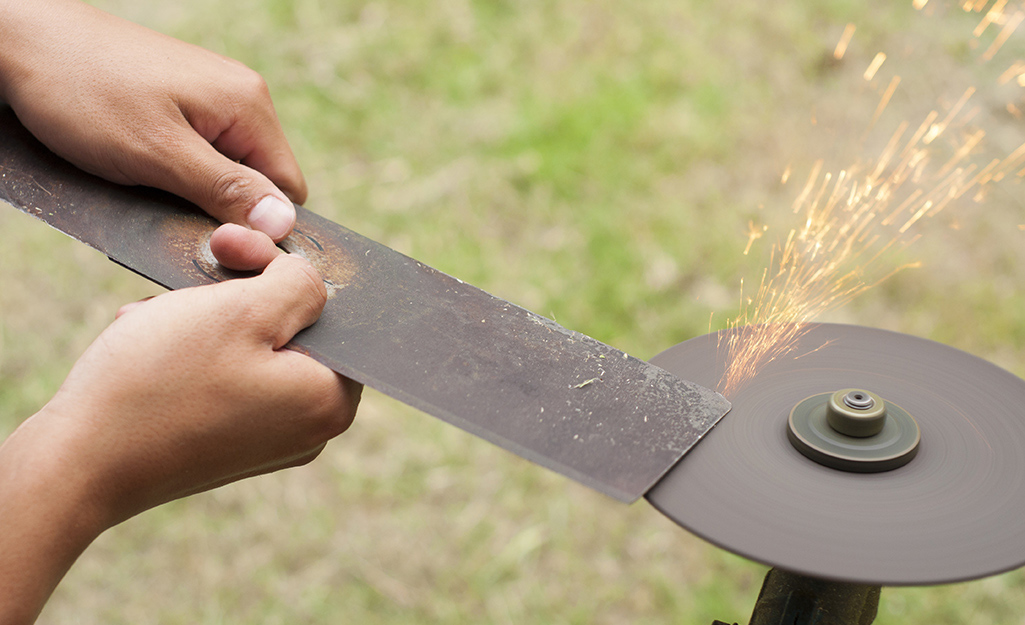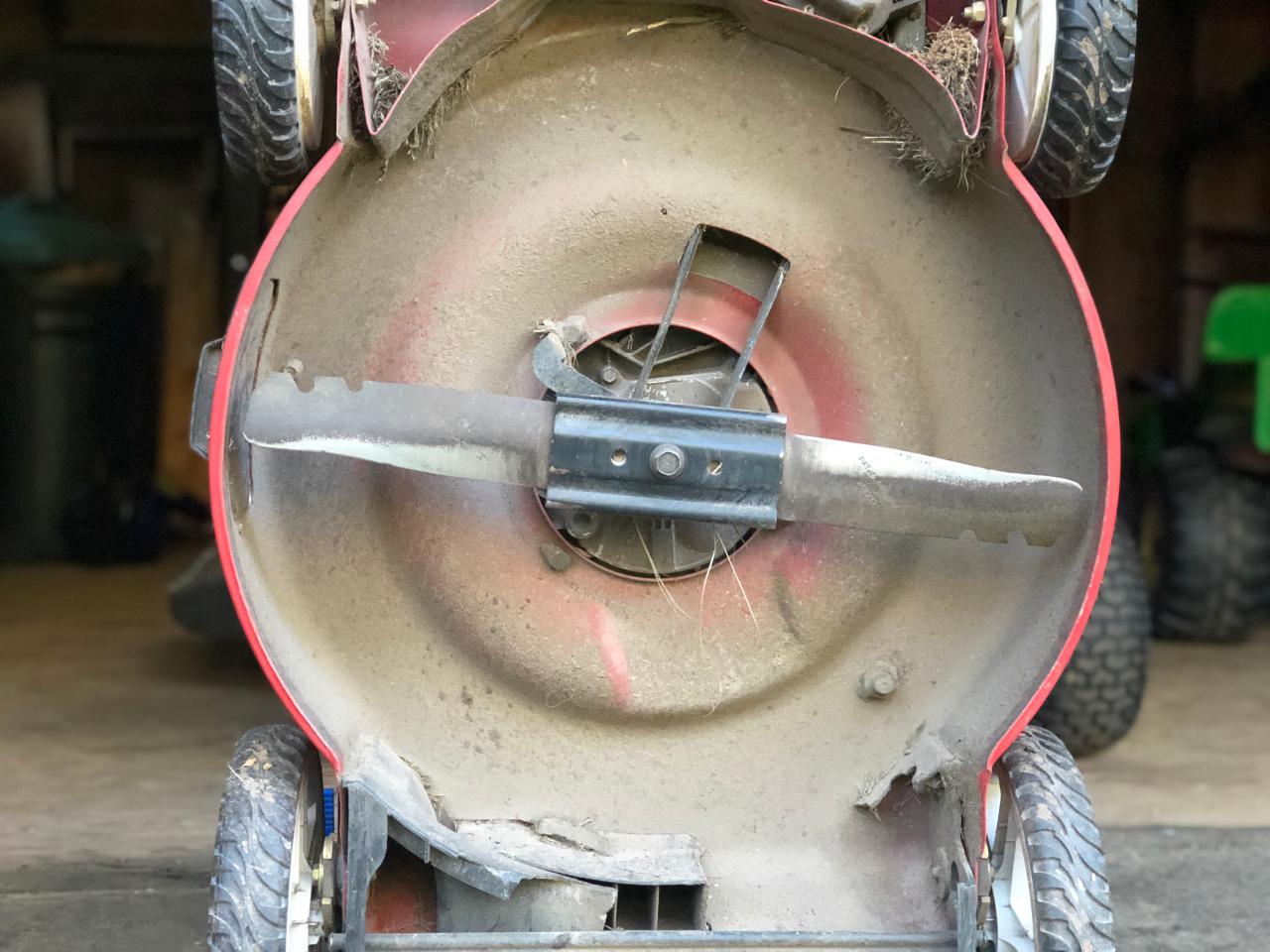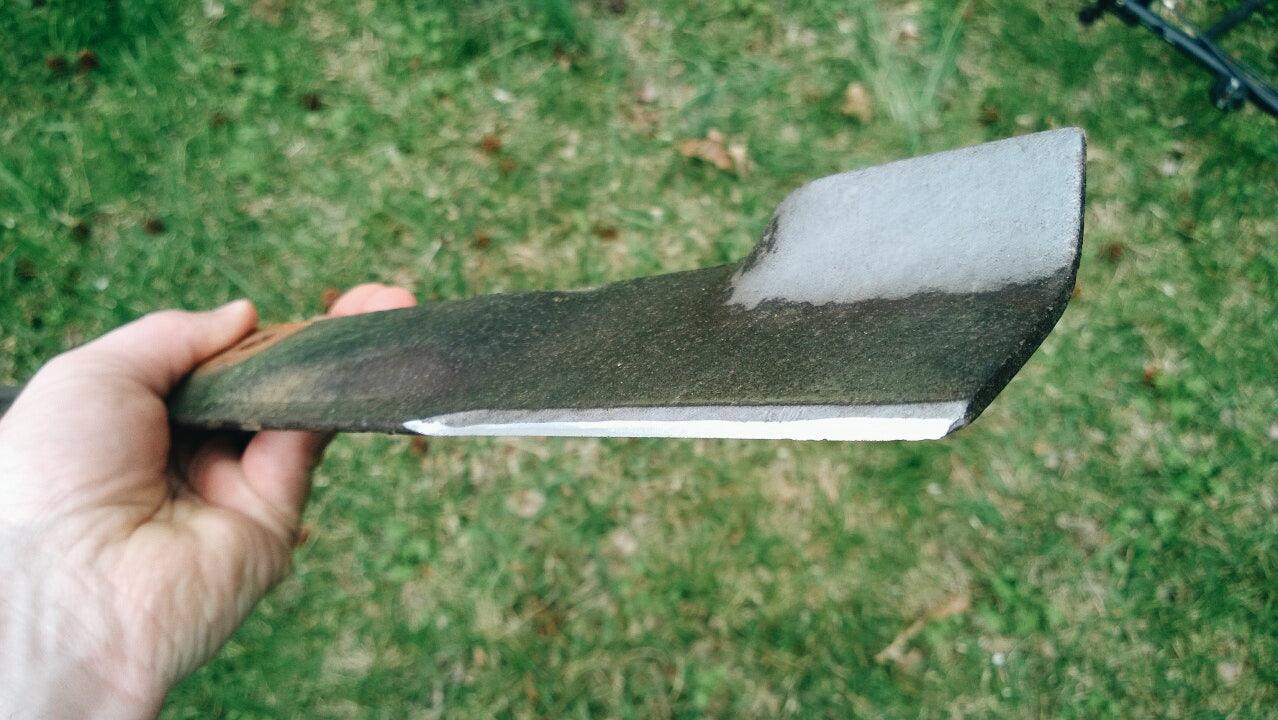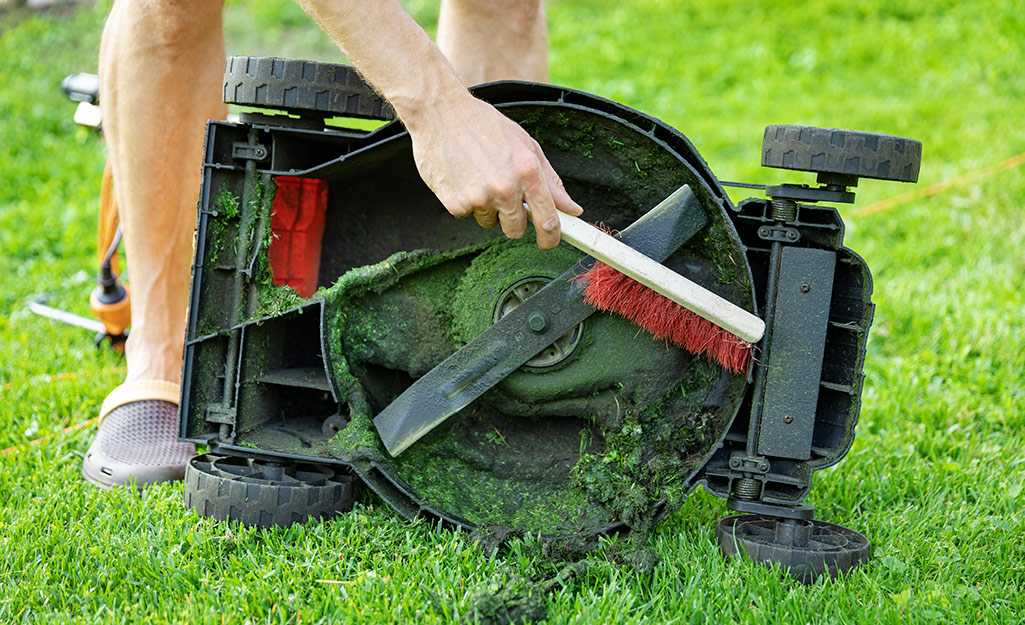
How to sharpen lawn mower blade
In the realm of lawn care, a sharp lawn mower blade is not just a luxury but a necessity. A dull blade can wreak havoc on your lawn, leaving behind an uneven, unsightly mess and potentially harming the grass itself. On the other hand, a well-sharpened blade glides through the grass with precision, creating a clean, healthy cut that promotes lush growth and a beautiful lawn appearance.

Understanding the Importance of Sharp Lawn Mower Blades
The consequences of a dull lawn mower blade extend far beyond mere aesthetics. A dull blade struggles to cut through the grass cleanly, resulting in torn and ragged grass blades. This damage weakens the grass, making it more susceptible to diseases, pests, and environmental stressors. Additionally, mowing with a dull blade requires more effort, making the task more time-consuming and physically demanding.
In contrast, a sharp lawn mower blade delivers a clean, precise cut that mimics the natural shearing action of a scissor. This clean cut minimizes damage to the grass blades, allowing them to heal quickly and promoting healthy growth. A sharp blade also reduces mowing effort, making the task more efficient and enjoyable.
Essential Tools and Safety Precautions
Before embarking on the task of sharpening your lawn mower blade, it’s crucial to gather the necessary tools and prioritize safety. Safety glasses and work gloves are essential to protect your eyes from flying debris and your hands from sharp edges. A vise or workbench clamp is essential for securely holding the blade in place during sharpening, preventing it from slipping or causing injury.
Step-by-Step Guide to Sharpening Lawn Mower Blades
-
Blade Preparation:
a. Removal: Disconnect the spark plug wire and carefully remove the blade from the lawn mower. b. Cleaning: Remove any dirt, grass clippings, or debris from the blade using a wire brush or solvent. c. Inspection: Check for cracks, damage, or excessive wear. If severely damaged, the blade may need replacement.
-
Sharpening Process:
a. Securing the Blade: Clamp the blade firmly in a vise or workbench clamp. b. Identifying the Sharpening Angle: Determine the correct angle for sharpening, typically around 30-45 degrees. c. Sharpening: Use a metal file with appropriate grit size to sharpen the blade along its cutting edge, maintaining the correct angle. d. Maintaining Even Sharpening: Sharpen each side of the blade evenly to ensure a balanced and consistent cut.
-
Finishing Touches:
a. Sharpness Check: Use a light touch to test the sharpness of the blade along its cutting edge. b. Burr Removal: Smooth out any burrs or rough edges created during sharpening using a fine-grit file or sharpening stone. c. Final Cleaning and Inspection: Clean the blade again to remove any metal filings and inspect it for any irregularities.

Additional Tips and Considerations
- Sharpening Frequency: Sharpen the lawn mower blade after 20-30 hours of use or once a season.
- Professional Sharpening Services: For those uncomfortable or inexperienced with sharpening, consider professional lawn mower blade sharpening services.
- Blade Replacement: If the blade is excessively worn, cracked, or damaged beyond repair, it should be replaced.
Maintaining a Sharp Blade for Optimal Performance
Even the sharpest blade loses its edge over time, especially when encountering tough grass varieties, abrasive soil, or hidden obstacles like rocks or roots. Here are some tips to maintain a sharp blade for optimal performance:
- Mowing Techniques: Employ proper mowing techniques to minimize blade wear. Avoid mowing on excessively dry or wet grass, as both extremes can dull the blade faster. Mow at the recommended height for your grass type to prevent unnecessary strain on the blade.
- Debris Removal: After each mowing session, remove any accumulated grass clippings, dirt, or debris from the underside of the mower deck and blade. This prevents the buildup of corrosive materials that can dull the blade.
- Storage Tips: Store your lawn mower in a clean, dry location to prevent rust, which can weaken the blade and hinder its cutting performance. Consider lightly applying a thin coat of oil to the blade before storage for added protection.

Troubleshooting Common Sharpening Issues
Sharpening your lawn mower blade may not always go perfectly, especially for first-timers. Here are some common issues and solutions to ensure a successful sharpening experience:
- Uneven Sharpening: If you notice one side of the blade is sharper than the other, it likely indicates uneven pressure or angle during sharpening. Go back and refine the duller side, maintaining the correct angle and consistent pressure.
- Excessive Material Removal: Be mindful not to remove too much material from the blade. Sharpening removes a small amount of metal to restore the edge. Over-sharpening can weaken the blade and shorten its lifespan.
- Blade Vibration: A vibrating blade during operation can indicate an unbalanced blade. This may occur due to uneven sharpening or pre-existing damage. Ensure both sides are sharpened evenly and check for any bends or warping in the blade. If necessary, a professional can help rebalance the blade.

Beyond Sharpening: Alternative Solutions for Lawn Mower Blades
While sharpening is a cost-effective way to maintain your lawn mower blade, there are situations where alternative solutions may be necessary:
- Severely Damaged Blades: If the blade is excessively worn, cracked, or bent beyond repair, sharpening won’t restore its functionality. In such cases, replacing the blade with a new one is the best course of action.
- Lack of Confidence or Time: Sharpening requires some practice and can be time-consuming. If you’re uncomfortable with the process or lack the time, consider professional lawn mower blade sharpening services. They offer a convenient and reliable way to ensure your blade is properly sharpened and maintained.
By understanding the importance of a sharp blade, following proper sharpening techniques, and implementing maintenance practices, you can extend the lifespan of your blade and ensure your lawn mower operates at peak performance. Remember, a sharp blade is an investment in the health and beauty of your lawn, making your mowing experience more efficient and enjoyable.
Conclusion
Regular sharpening of your lawn mower blade is an essential part of proper lawn care. A sharp blade not only enhances the appearance of your lawn but also promotes healthy grass growth, reduces mowing effort, and extends the lifespan of your mower. By following these guidelines and taking the necessary safety precautions, you can sharpen your lawn mower blade with confidence, ensuring your lawn stays looking its best throughout the season. Remember, a sharp blade is a happy blade – and a happy blade means a happy lawn.